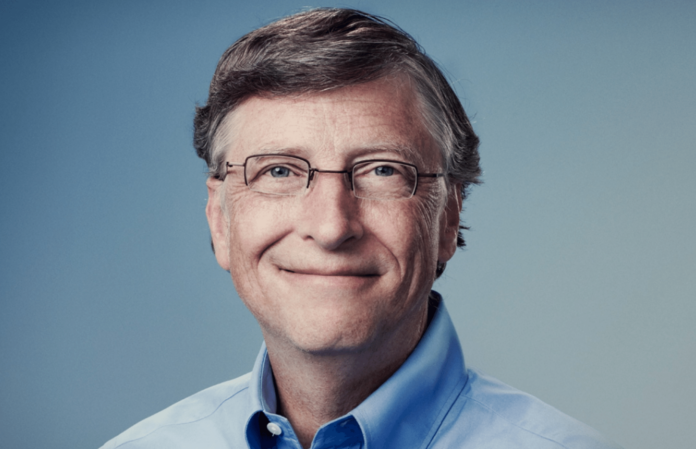America needs to ‘up its game,’ Bill Gates writes in op-ed piece
In an opinion piece published April 18 by Reuters, Microsoft Co-founder and all around tech luminary Bill Gates called on The U.S. government to increase spending and other initiatives associated with driving research, development and innovation.
Gates thinks the U.S. is lagging behind in this crucial area, particularly when compared to countries like South Korea and China.
He framed the conversation around the ongoing presidential campaign: “While the parties focus on who is going to represent them in the fall, I want to make the case for something that I hope every candidate will agree on in November: America’s unparalleled capacity for innovation. When the United States invests in innovation, it creates companies and jobs at home, makes Americans healthier and safer, and saves lives and fights poverty in the world’s poorest countries. It offers the next president a tremendous opportunity to help people in America and around the world.
“What is new is that more countries than ever are competing for global leadership, and they know the value of innovation. Since 2000, South Korea’s research and development spending (measured as a percentage of GDP) has gone up 90 percent. China’s has doubled. The United States’ has essentially flatlined. It’s great that the rest of the world is committing more, but if the United States is going to maintain its leading role, it needs to up its game.”
The Internet of Things (IoT) is a great example of the disparity between America and other global leaders. Germany, for instance, has a government-backed plan called Industrie 4.0 designed to drive automation and efficiencies in the manufacturing sector. Then there’s Made in China 2025, another government-funded drive focused on 10 sectors including automotive, robotics, medicine and more. Horizon 2020 is the European Union’s 10-year, $90 billion R&D push. There’s not a cohesive equivalent in the U.S.
Also out of the EU is a $568 million push to set up a network of “digital innovation hubs,” focused on unified R&D, particularly around 5G, cybersecurity and digitalization.
Gates gives the example of energy. “American-funded research defines the state of the art in energy production. Early advances in wind and solar technology were developed with federal money. And this research offers a strong return on investment. Between 1978 and 2000, the Department of Energy spent $17.5 billion (in today’s dollars) on research on efficiency and fossil fuels, yielding $41 billion in economic benefits. Yet, until this year, the DOE’s research budget hadn’t seen a real increase since the Reagan administration.
“If we step up these investments, we can create new jobs in the energy sector and develop the technologies that will power the world — while also fighting climate change, promoting energy independence, and providing affordable energy for the 1.3 billion poor people who don’t have it today.
“Investing in R&D isn’t about the government picking winners and losers. The markets will do that. It’s about doing what we know works: making limited and targeted investments to lay a foundation for America’s entrepreneurs. This approach has been fundamental to U.S. leadership for decades, and it will become only more important in the years ahead.”

